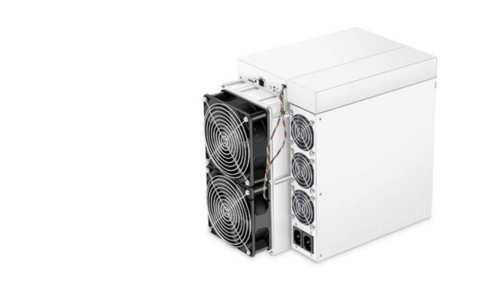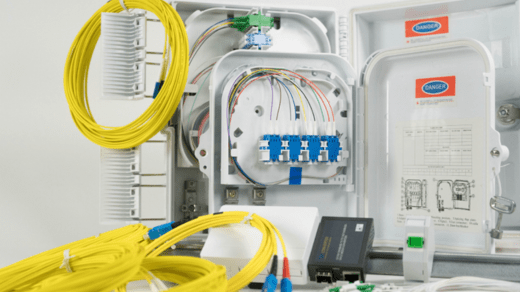how to clean a filter on an outside oil tank
Cleaning the filter on an outside oil tank is an important maintenance task to ensure the proper functioning of your heating system and to prevent clogs that can disrupt the flow of heating oil. Here’s how to clean the filter on an outside oil tank:
https://fastspotter.com/how-to-clean-an-oil-burner-pipe/
https://fastspotter.com/how-to-clean-basement-window-wells/
Materials You’ll Need:
- Safety gear: Safety glasses and gloves.
- Adjustable wrench or pliers: To disconnect the filter.
- Replacement filter: In case the old one is damaged or excessively dirty.
- Oil-resistant container or drip tray: To catch any spilled oil.
- Rags or absorbent materials: For cleaning up spills.
- A flashlight: To inspect the filter and its housing.
Steps to Clean the Filter on an Outside Oil Tank:
- Safety Precautions:
- Put on safety glasses and gloves to protect yourself from any spilled oil or debris.
- Turn Off the Heating System:
- Before you begin, turn off the heating system to prevent any accidental oil flow while cleaning the filter.
- Locate the Filter Housing:
- Find the filter housing, which is typically located between the oil tank and the heating system. It may be a small canister-like unit with a pipe running through it.
- Prepare for Oil Spills:
- Place an oil-resistant container or drip tray beneath the filter housing to catch any oil that may spill when you disconnect the filter.
- Loosen the Filter:
- Use an adjustable wrench or pliers to carefully loosen the filter from the housing. Turn it counterclockwise to remove it. Be prepared for some oil to flow out as you disconnect the filter.
- Inspect the Filter:
- Examine the filter for dirt, debris, or sludge buildup. If the filter is excessively dirty or damaged, it’s a good idea to replace it with a new one.
- Clean the Filter (if reusable):
- If the filter is designed to be reusable, you can clean it by gently tapping it against a hard surface to dislodge loose debris. Be careful not to damage the filter during this process. You can also rinse it with clean heating oil to remove any remaining contaminants. Allow it to dry completely before reinstalling it.
- Clean the Filter Housing:
- Inspect the filter housing for any debris or sludge buildup. Use a flashlight to get a better view. If you notice any contaminants, use a rag or absorbent materials to clean the housing. Ensure that it is clean and free from obstructions.
- Reinstall the Filter:
- Carefully screw the cleaned or new filter back into the housing. Tighten it securely, but do not over-tighten to avoid damaging the threads.
- Inspect for Leaks:
- Once the filter is in place, inspect the connections for any signs of leaks. If you notice any leaks, tighten the filter further or replace any damaged components.
- Turn On the Heating System:
- After ensuring there are no leaks and the filter is securely in place, turn the heating system back on. Monitor it for any issues and check for proper heating.
- Dispose of Waste Properly:
- Dispose of any used filter and oil-soaked materials according to local regulations and guidelines for hazardous waste disposal.
Regularly cleaning and maintaining the filter on your outside oil tank is crucial for the efficient operation of your heating system. Consult your heating system’s manual for specific maintenance recommendations and schedules provided by the manufacturer.
Also Read:
https://fastspotter.com/how-to-clean-a-roughout-saddle/
https://fastspotter.com/how-to-clean-a-shark-jaw/






